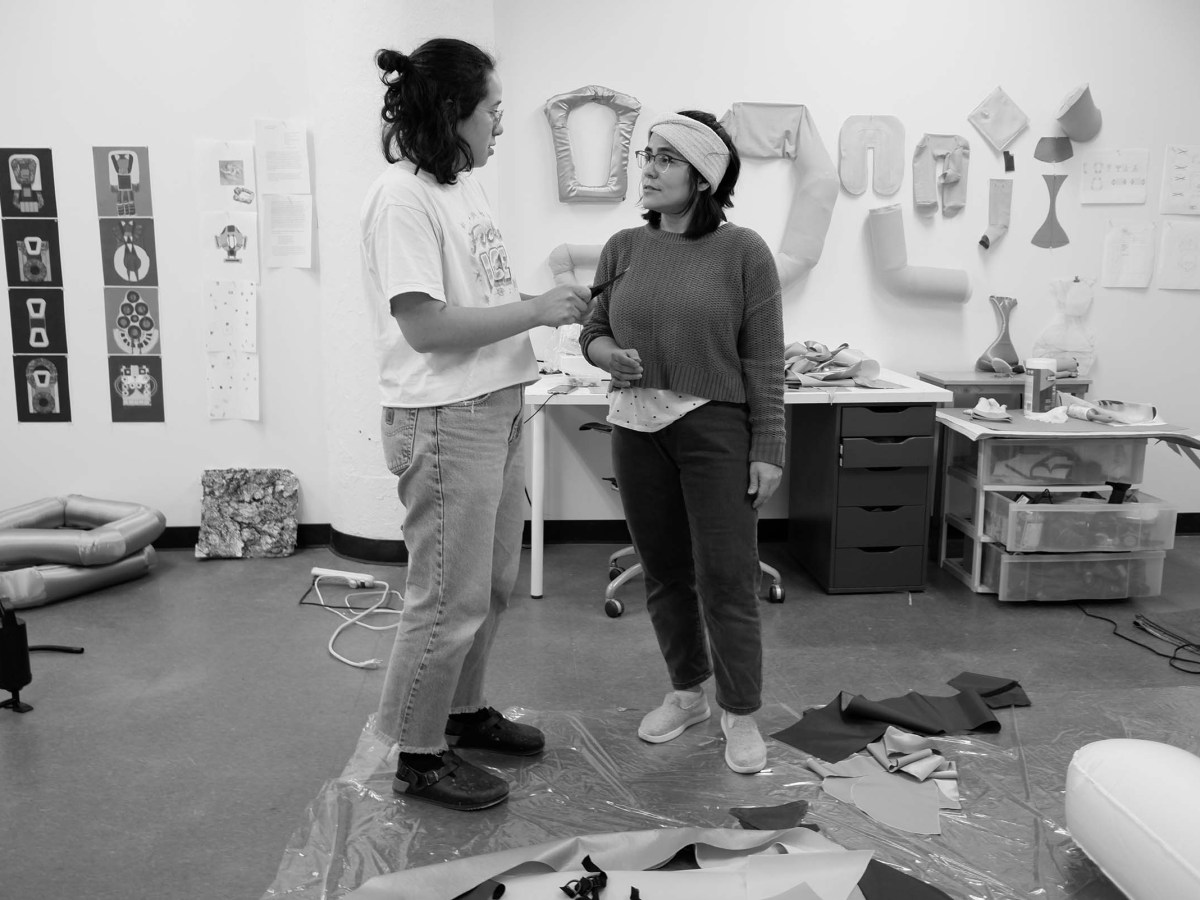
If life as a kid in the 1980s and ’90s taught me anything, it’s that the rise of our machine overlords is a certainty. A new study shows remarkable progress being made in this area, with the development of a hyper-flexible multi-state material that is pretty clearly one more step towards realizing T2-series Terminator robots that can melt through any opening.
The material, technically known as “Magnetoactive Liquid-Solid Phase Transitional Matter” (MPTM, but we can also call it “robot juice” for brevity), was developed by research teams working out of labs at Sun Yat-sen University in Guangzhou and Zhejiang University in Hangzhou, China, and Carnegie Mellon University in Pittsburgh, Pennsylvania, and took its inspiration from an unexpected source: the humble sea cucumber.
“The original idea is inspired by sea cucumbers that can shift their bodies’ stiffness for environmental adaptation,” researcher Chengfeng Pan told Hyperallergic. “Thus, we were thinking how about we make robots that can also switch their stiffness or even push to the shifting between solid and liquid.”

It seems ironic that one of nature’s most passive creatures has become party to developing a technology that seems like it will give rise to unstoppable robots. But Carmel Majidi, another scientist on the project, sees other possibilities for the material.
“In terms of vision, I feel that this material demonstrates the extraordinary potential of low melting point metals like gallium, which can be used for shape morphing and stiffness tuning machines and electronics,” Majidi told Hyperallergic. Researchers predict its possible use in smart soldering and medical applications such as foreign body removal and drug delivery. Currently, these last have been performed in a model stomach, but it is only a matter of time before the public submits — nay, demands! — to have ultra-flexible robot juice sent into our very bodies to perform tasks that seem for now to be readily handled by existing medical technology.
These MPTMs can toggle between solid and liquid phases by way of heating with alternating magnetic fields or through ambient cooling. This results in a material that combines high mechanical strength, high load capacity, and fast locomotion speed in the solid phase with excellent morphological adaptability (elongation, splitting, merging) in the liquid phase. Sounds like all it needs is self-awareness and a (micro)chip on its shoulder!
Of course, why wouldn’t we make ever more lifelike and motile engineered system that cannot be stopped? It’s not like they could just flow inside your nostril and then into your brain and then the robo-cucumber will wear you like a skin suit and then eat batteries or do difficult equations or sit peacefully on the sea floor. Honestly, it sounds like an improvement over my current lifestyle, so bring on the bots!














